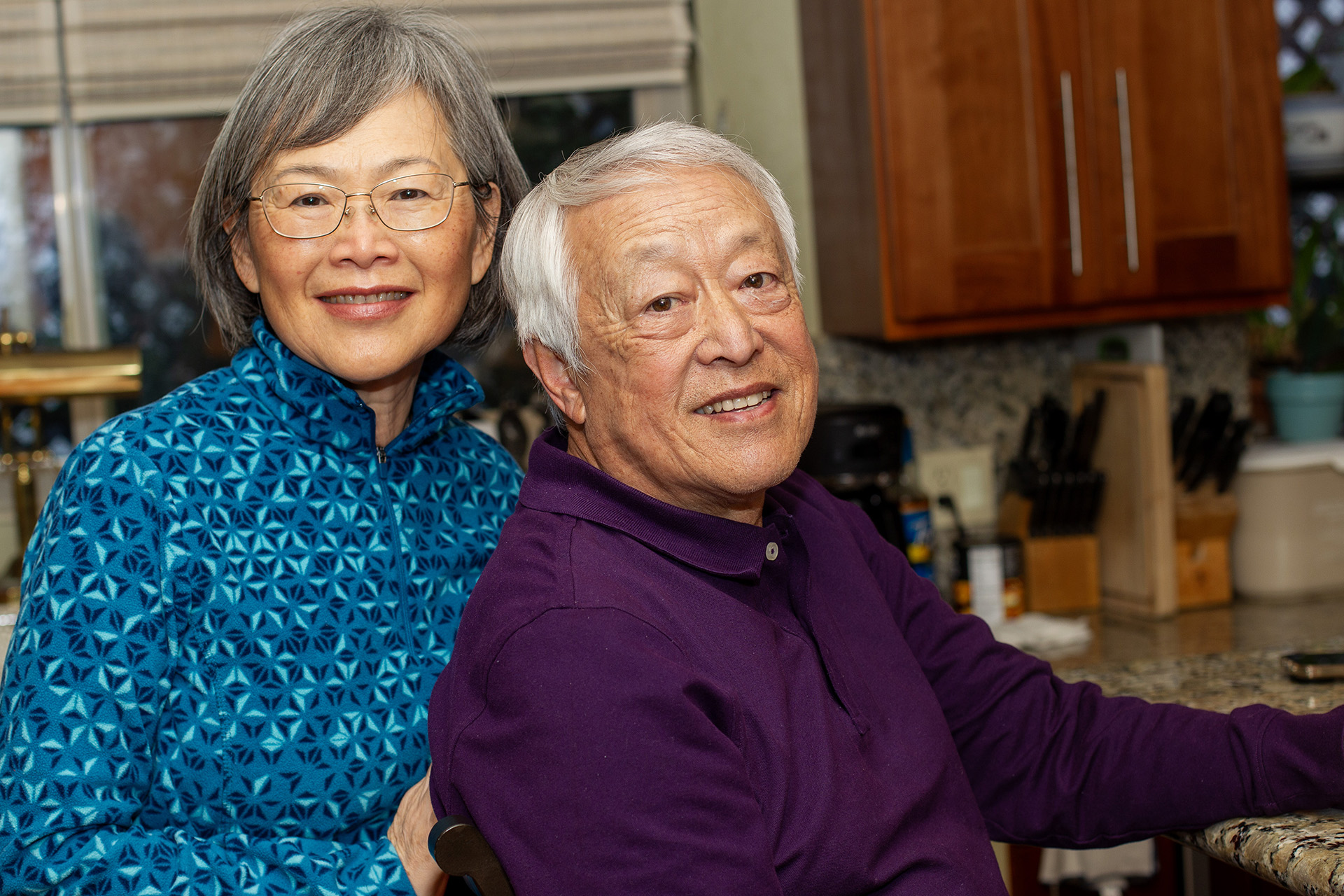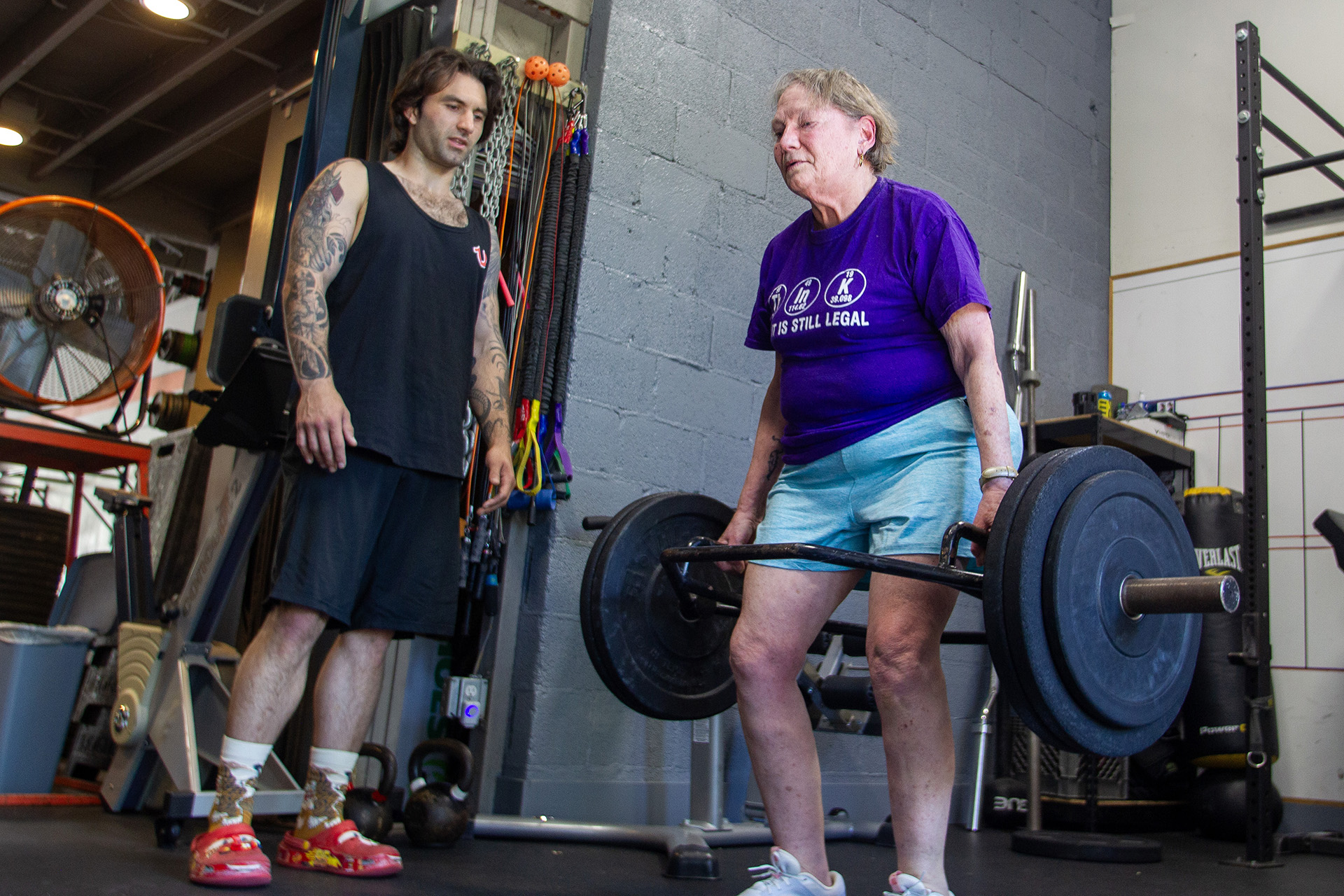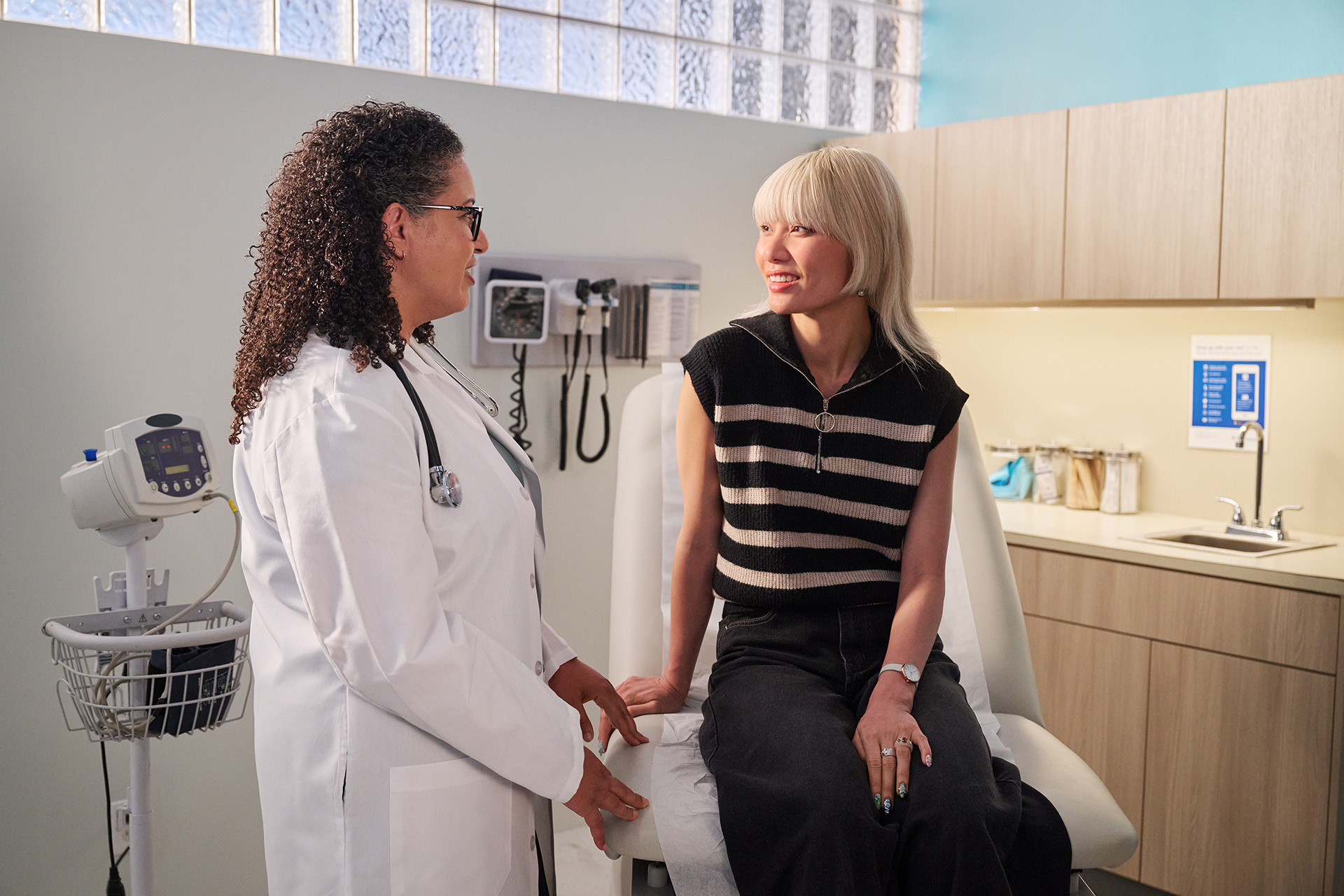A sophisticated data analytics program that combs through millions of Northern California patient medical records is reaping huge rewards in the treatment of a rare and often deadly condition known as a thoracic aortic aneurysm (TAA).
The Northern California Regional Thoracic Aortic Aneurysm Surveillance Program has grown to the largest patient monitoring system of its kind in the world, according to its new director, Dorinna Mendoza, MD.
“This groundbreaking program, founded by my colleague Dr. Matthew Solomon, is a testament to how we have leveraged our electronic medical record to detect this disease and save lives,” said Dr. Mendoza. “It’s a collaborative partnership with our radiologists and cardiologists who flag aortic aneurysms for further review.”
When a thoracic aortic aneurysm is detected through imaging, often times it is because the patient went in at the request of a doctor who was looking for something entirely different.
No symptoms a patient can feel
Like high blood pressure or elevated cholesterol, an aortic aneurysm usually does not have symptoms a patient can feel. If it’s not detected and treated, the patient could suffer an aortic dissection or rupture. About 50% of people who have an aortic dissection don’t survive.
The program has flagged about 20,000 patients for initial screening, resulting in 11,000 who are being actively followed. Roughly 1,000 high-risk patients are seen each year in a virtual clinic for close monitoring, lifestyle guidance, and potential referral to surgery. The number of high-risk patients has grown six-fold since 2018 as the technology that flags them has improved.
“It’s been incredible to witness the growth of this program and the tremendous effort by Dr. Solomon and the entire aortic team,” Dr. Mendoza said. “I’m honored to carry forward the mission and excited for the TAA program’s future.”
Patients invited to the monitoring program and clinic may already know they have an aortic aneurysm and are being followed by a cardiologist or primary care doctor. Or they might learn they have the condition for the first time through medical record analytics. The TAA analytics program sorts through CT scans, MRI scans, and echocardiograms. But aortic aneurysms also are discovered through other channels, such as emergency room visits or people who have a family history.
Detecting a massive aneurysm
It was in 2018, on the day before Christmas, that 73-year-old Tony Wong of El Cerrito, California, learned he had a massive aortic aneurysm. It measured 10 centimeters in diameter, well above the threshold for surgery. It was the largest Dr. Mendoza has ever seen. The aneurysm was discovered during a routine scan to monitor an artificial heart valve he received 30 years earlier.
“When I got ready to leave after the scan, they said you need to stay here for surgery tomorrow,” said Wong. “I thought, ‘Wow. I don’t feel anything.'”
Wong had recently helped move a piano at his home, the kind of exertion that could kill a person with a large aneurysm. Soon after the aneurysm was detected, Wong had successful thoracic aortic surgery at the Kaiser Permanente San Francisco Medical Center.
“We’re very happy because Dr. Mendoza really cares for her patients,” said Wong’s wife, Anna Wong. “We’re extremely happy with Kaiser. They come through every time.”
Anne Gisslow, RN, the regional nurse coordinator for the Center for Thoracic Aortic Disease, said she tells patients with the condition they have a specialized team that supports them in addition to their primary care doctor and cardiologist.
“Occasionally people do have to go down that surgical pathway,” said Gisslow. “That’s why we have the aortic specialty clinic to help them.”
High-risk patients are counseled to get blood pressure under control and refrain from exercises like heavy lifting, contact sports, sit-ups, snowboarding, waterskiing, and yes, moving pianos.
“Managing an aortic aneurysm can be challenging,” said Carel Troutman, RN, the Regional Quality Director of Cardiovascular Thoracic Services. “Our program supports these patients with education and medical surveillance so they can have a fulfilling life.”
When surgery is advised, it can be a lifesaver.
“I couldn’t believe Mr. Wong had moved a piano the week before we detected his aneurysm,” said Dr. Mendoza. “Since his surgery, Mr. Wong and his wife are living the life they want and travelling the world. I love hearing about where they’ve been and where they plan to go for their next adventure.”




